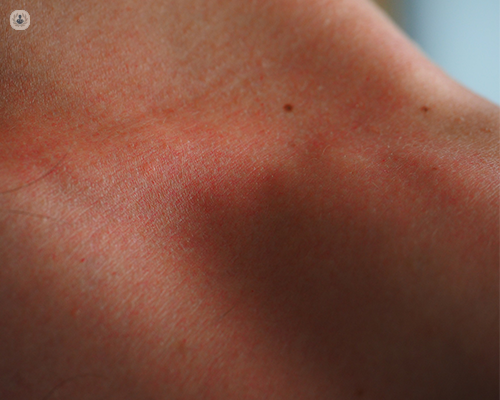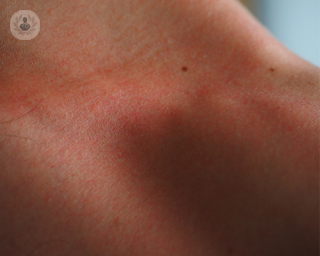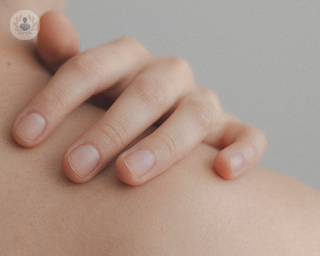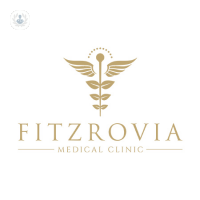Skin allergies
Dr Kapil Bhargava - Dermatology
Created on: 11-13-2012
Updated on: 06-05-2023
Edited by: Conor Lynch
What are skin allergies?
Skin allergies are an immune reaction produced by the presence or contact with certain substances or products (allergens). Reactions can vary depending on the product that causes the allergy to the person: perfumes, lotions, cosmetics, flowers, or even foods. In addition, there are different types of skin allergies: food allergy, contact dermatitis, and atopy.

What are the different types of skin allergies?
The two most common types of skin rashes are eczema and hives, both of which are related to allergies. Skin allergies come in different forms. The most common kinds are:
- Eczema – This is also known as atopic dermatitis. Certain triggers, such as animal dander, cleaning products, and dust, can leave the skin itchy, red, and dry.
- Hives – These appear as raised, itchy red bumps. They can be triggered by allergic reactions to insect bites, medications, and certain foods.
- Contact dermatitis – The symptoms include redness, swelling, cracking, burning, blisters, and bumps. This usually occurs when the skin touches an allergen such as nickel or a chemical in a soap or lotion. Pollen can also trigger dermatitis.
What are the symptoms of skin allergies?
The common symptoms that cause skin allergies are skin rashes, inflammation, redness, burning, pruritus or itching, but severe complications may occur depending on the case. It is therefore important to consult with a specialist when these symptoms appear and which are often sudden. They sometimes can cause suffocation or choking and put the patient's health at risk.
What causes skin allergies?
It is difficult to pinpoint the exact cause of a skin allergy as there are more than 3,700 potential allergens. The most common triggers include nickel that is found in jewellery and zippers on clothes, fragrances such as perfumes and scented creams, ingredients in cleaning products, sun cream and cosmetics, latex such as condoms, balloons, cleaning gloves, and in poison ivy.
How are skin allergies diagnosed?
An allergy skin test is used to help diagnose allergic conditions including hay fever, asthma, eczema, food allergies, penicillin, bee venom, and latex.
During the test, your skin is exposed to the suspected allergy-causing substances and then observed for signs of a reaction. A skin prick test is usually done on the forearm. The test uses needles that do not penetrate the skin’s surface too much.
In order to check if your skin is reacting normally two substances, histamine and glycerine are scratched into the skin’s surface. You will know the results of your skin prick test as soon as you leave the doctor’s room.
How are skin allergies treated?
The treatment usually involves taking antihistamines to attack the allergy and its symptoms as a first step. Then, it is recommended to perform allergy tests to identify the allergen that causes that reaction in the body and to be able to treat it directly.
In most cases, avoiding the substances that cause the allergy is enough. When it comes to relieving flare-ups of the symptoms, you can wear loose clothing, use a cool compress on the area and use hydrocortisone creams.














